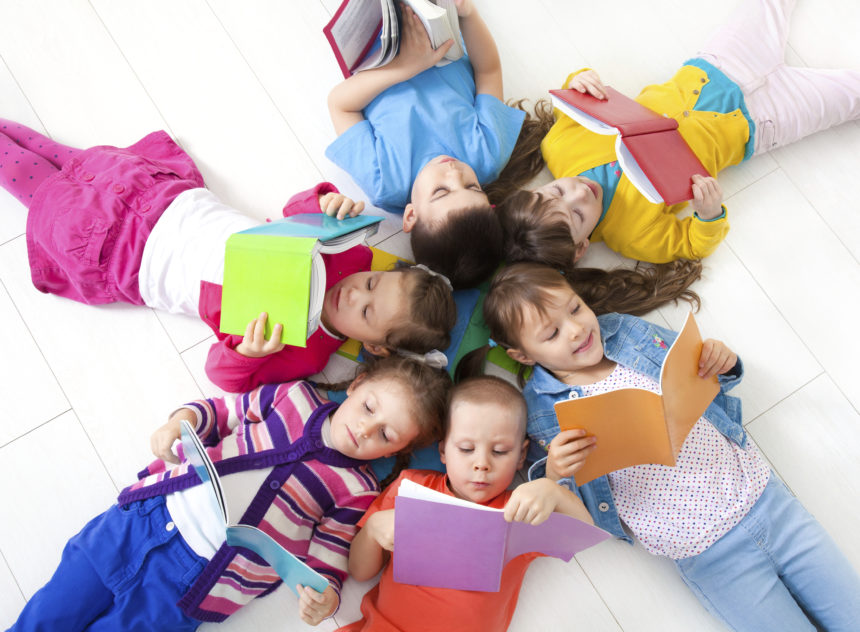Children’s books could be a way to spread moral values and scientific info. Four to six-year old children were read, and shown, illustrated books of people who were generous, kind and unselfish. Another similarly aged group of kids was shown and read the same stories, but the characters were all substituted with animals. In a third group the characters were all animals that were humanized and dressed the same way the characters of the first group were dressed. The children then partook in a theater show that recalled the themes of the stories. The kids had to decide if and to whom to give trading cards they had received before the stories were read to them. Some cards were prettier than others and the kids could keep the cards they did not give away. Results showed that the children of the first group were much more generous in terms of number and quality of cards given away, than children of the second and third groups and that those of the third group were more generous than those of the second group. The conclusion was that the more the child identified him/herself with the story the more the spirit of the story became part of the child’s life. If there are animals instead of humans, the parallel with the child’s life is lost. It has to be said that there are literature masterpieces where the characters are animals, but they are masterpieces because they still offer moral values. These studies were repeated the other way around. A story about animals living on a farm was read and the pictures shown to a group of children. A second and third group of kids were read the same stories but the animals were progressively more humanized. The children were then asked some questions that did not concern the story but had to do with animals in nature. The replies of the first group were m


Leave a Reply